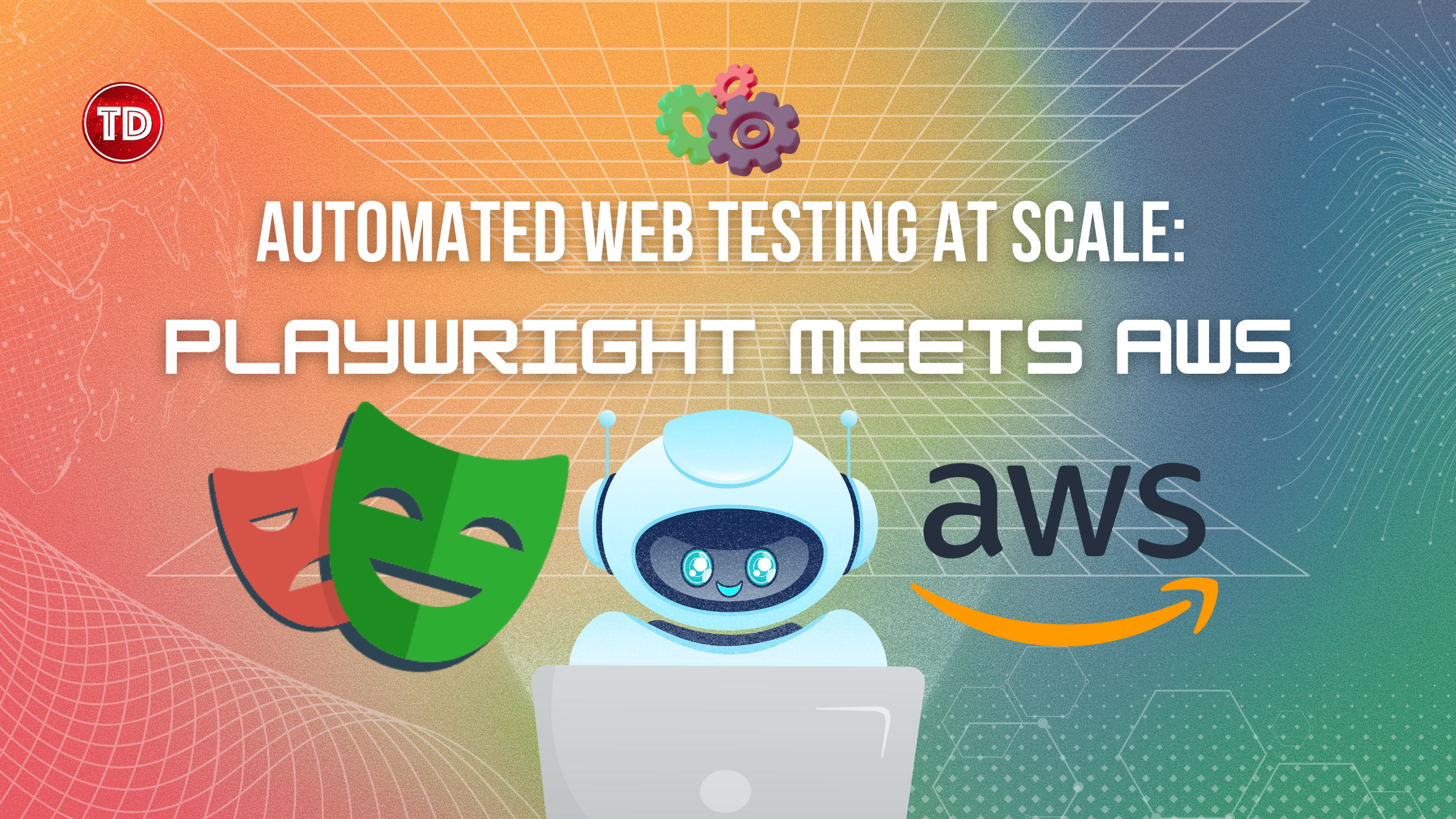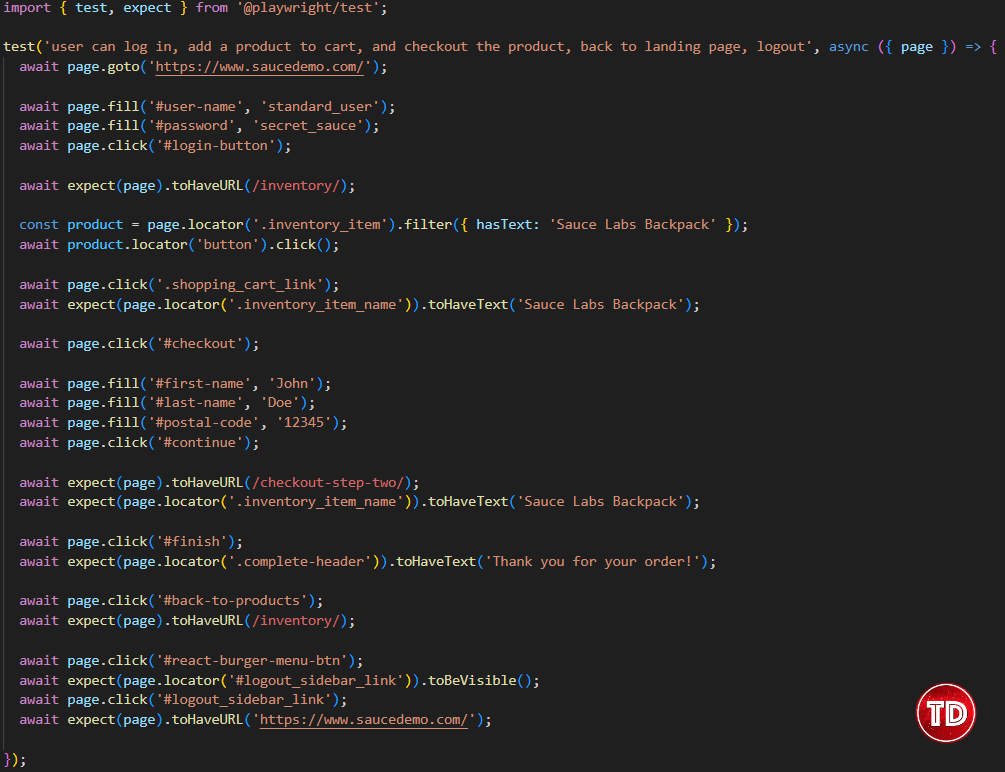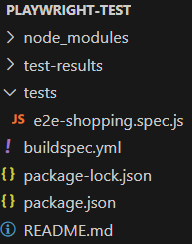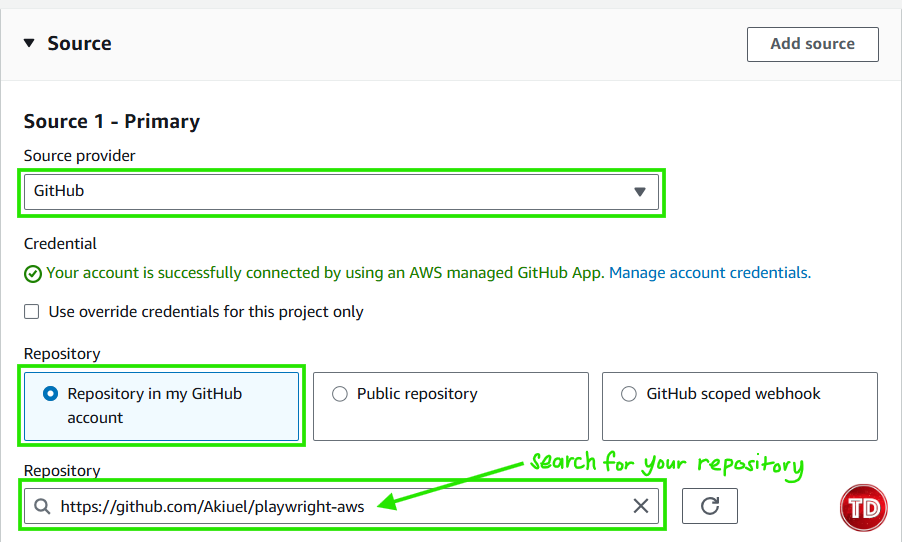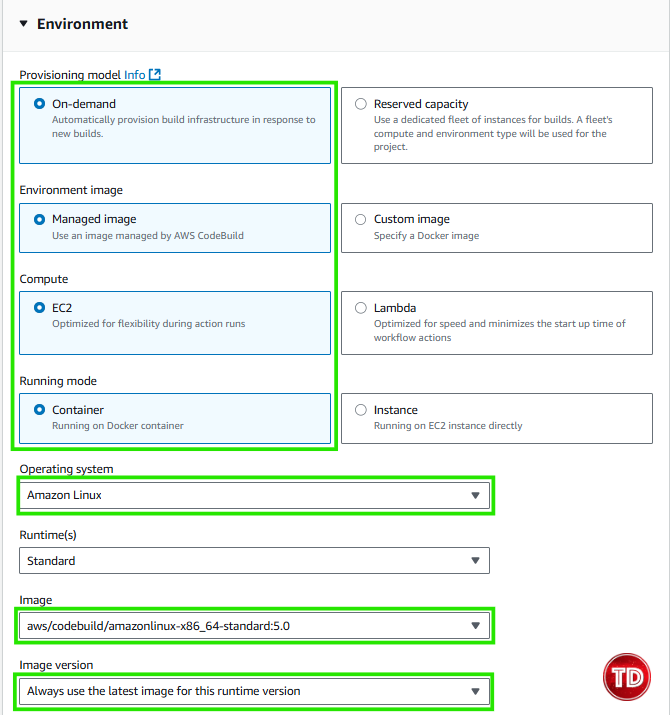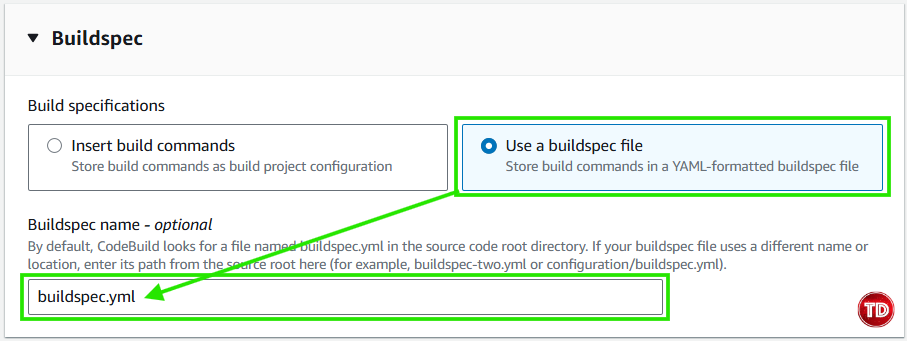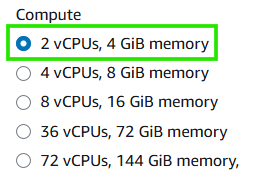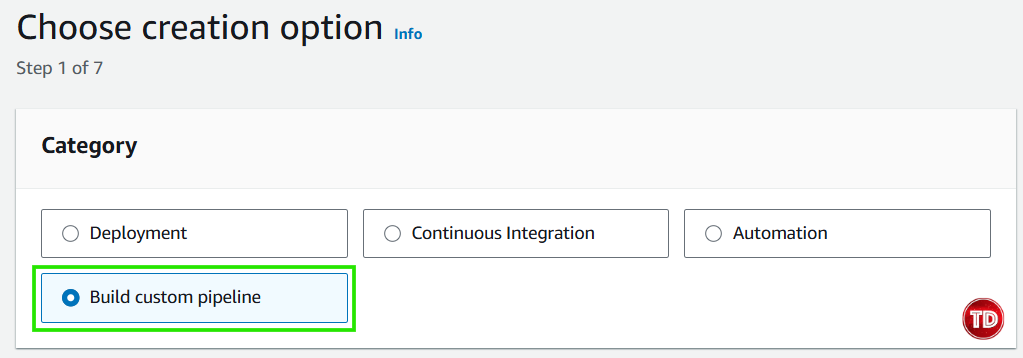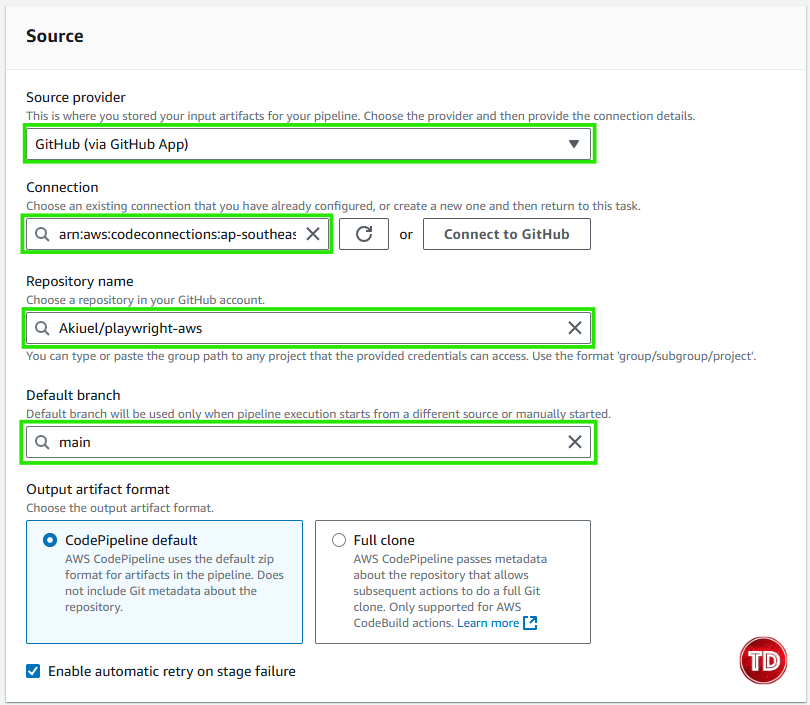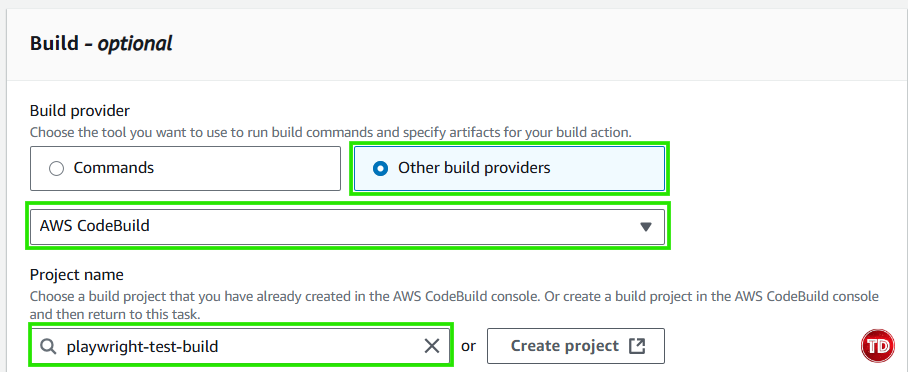Last updated on September 2, 2025
Picture the time you’ll save from your web applications’ repetitive and inconsistent manual testing. No more opening the app, logging in, clicking through the same steps, and checking if everything still works. What’s worse, manual testing is prone to mistakes. One person could miss a step, another might test on a different browser, and suddenly, the results don’t match, and the bugs start eating your application down. The lack of consistency creates uncertainty. But what if the tests could run independently, in the same way, every single time, giving you more control over the testing process? The answer: Automation. Instead of you having to repeat the same steps, automated tests run quickly, consistently, and with a high level of reliability. They don’t get tired, they don’t skip steps, and they can run across multiple browsers simultaneously. With automation, you gain confidence that your app works as it should, catching issues earlier and without wasting hours rechecking the same flows. So, if automation is the answer, the next question is: how do you actually do it? Playwright is an open-source end-to-end testing framework built to help developers write scripts that simulate how a user would interact with your application. Some of its key features include: I prepared a small sample test to show how this works in practice. It logs in, adds an item, checks out, and logs out using an open-source demo app called SauceDemo. The script below logs in with a test user, adds a product to the cart, checks out, and logs out: Playwright runs this test in a browser, just like a user would. If any step fails (e.g., the button doesn’t exist, the checkout flow changes), the test fails, giving you immediate feedback. Running tests locally works fine when you’re just getting started. However, once your project grows, relying only on your machine becomes a bottleneck. You have to keep dependencies updated, make sure the browsers are installed, and remember to run the tests every time you push code. With AWS integration, all these concerns are handled, giving you peace of mind and freeing you from these tasks. With CodeBuild and CodePipeline, your tests run in a clean, managed environment in the cloud. Every time you push to GitHub, the Pipeline automatically kicks off and Playwright executes your tests. It also means your tests don’t slow down your laptop. And because everything runs in the cloud, results stay consistent, whether you are working solo or a team spread across different machines. If your suite grows, AWS can run tests in parallel across environments without you lifting a finger. Best of all, this entire setup can be done under the AWS Free Tier. One Pipeline, 100 build minutes per month, at zero cost. Playwright alone is powerful and is capable enough to handle testing, but AWS takes care of running those tests automatically. CodePipeline – the workflow manager. It monitors your GitHub repository and triggers a pipeline whenever new code is pushed. CodeBuild – the execution environment. Each time the Pipeline runs, it launches a fresh container, installs Playwright and its browsers, executes the tests, and records the results. Once complete, the environment is cleaned up and ready for the next run. Because the infrastructure is fully managed, there’s no need to maintain servers or worry about environment drift. Under the AWS Free Tier, you can set up one Pipeline and run up to 100 build minutes per month, enough to automate testing for small projects without additional cost. To better understand our goal, integrating Playwright with CodePipeline and CodeBuild creates a feedback loop where every code change is tested automatically. The structure looks like this: No one has to keep browsers updated locally, no one forgets to run tests, and your laptop isn’t stuck churning through a huge test suite while you’re trying to work. Every update is validated in the cloud before it moves forward. If you want to visualize it, imagine a simple flow: GitHub → CodePipeline → CodeBuild → Logs & Result Now that we understand the structure and our goal (push code to GitHub, AWS auto runs Playwright, show results), let’s set up a Playwright test pipeline on AWS using CodePipeline and CodeBuild. First, we need to have a working playwright test. We will use the same Playwright script I mentioned earlier for this demo. Your repo should have this basic structure: AWS CodeBuild needs instructions on how to install dependencies and run your tests. That’s what buildspec.yml is for. Your buildspec.yml should look like this: This tells CodeBuild to: This repo will be the source for your Pipeline, so once your project is ready, push it to GitHub. If you’d like a reference, I’ve uploaded my working demo here: https://github.com/Akiuel/playwright-aws. You can check this repo to compare your setup with a working example. After setting up, run a manual build once, and you should see your Playwright test running in the logs. After creating the Pipeline, it will automatically trigger whenever you push changes. Congratulations! Your setup is now complete. I tested the Pipeline in my repo by slightly changing the README.md (check after Author). You can view that commit here and see how the Pipeline was triggered automatically. Manual testing might work for a quick check, but it doesn’t scale. Every new feature or bug fix means you’re repeating the same steps, and sooner or later, something slips through. By combining Playwright with AWS CodePipeline and CodeBuild, you get a safety net that never gets tired, never skips steps, and always runs in a clean environment. To track runs, take things further by storing Playwright screenshots, videos, or traces in Amazon S3. Use CloudWatch to monitor build health and get alerts, or scale your test suite to cover more flows and browsers in parallel. You could extend CodePipeline to automatically deploy only if tests pass, creating a complete CI/CD workflow with testing baked in. So the next time you push code, instead of manually clicking through your app, your Pipeline is already running the tests for you, checking everything twice, and telling you exactly what’s working (or not). That’s the confidence automation brings.
What is Playwright?
What’s Happening Here?
Why Pair it with AWS?
AWS CodePipeline & CodeBuild
Architecture Overview
Step-by-Step Guide
version: 0.2phases:
install:
runtime-versions:
nodejs: 18
commands:
- npm ci
- npx playwright install
build:
commands:
- npx playwright test --reporter=list
Conclusion
References

